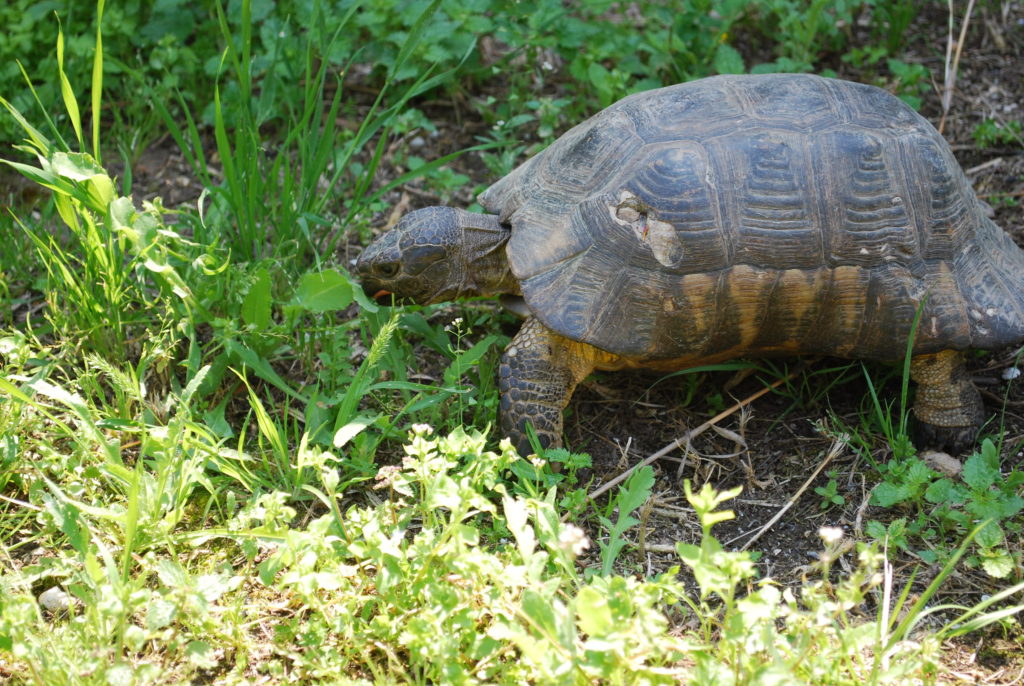Robert Stephan (University of Arizona) is a Roman archaeologist with an undergraduate degree from the University of Michigan and a PhD from Stanford University, not to mention an all around great scholar and collaborator. He is also a crucial contributor to the BEARS project. He arrived in Porto Rafti prior to the 2019 pilot season to help get everything set up for fieldwork, and then heroically spent much of the season overseeing the organization and photography of finds in the Brauron museum. Prior to joining BEARS, Dr. Rob worked on archaeological projects all over the world, from New Mexico to Armenia. BEARS project management recently sat down with him for a conversation about his experience as an archaeological fieldworker and academic. The following interview has been condensed and edited for clarity.
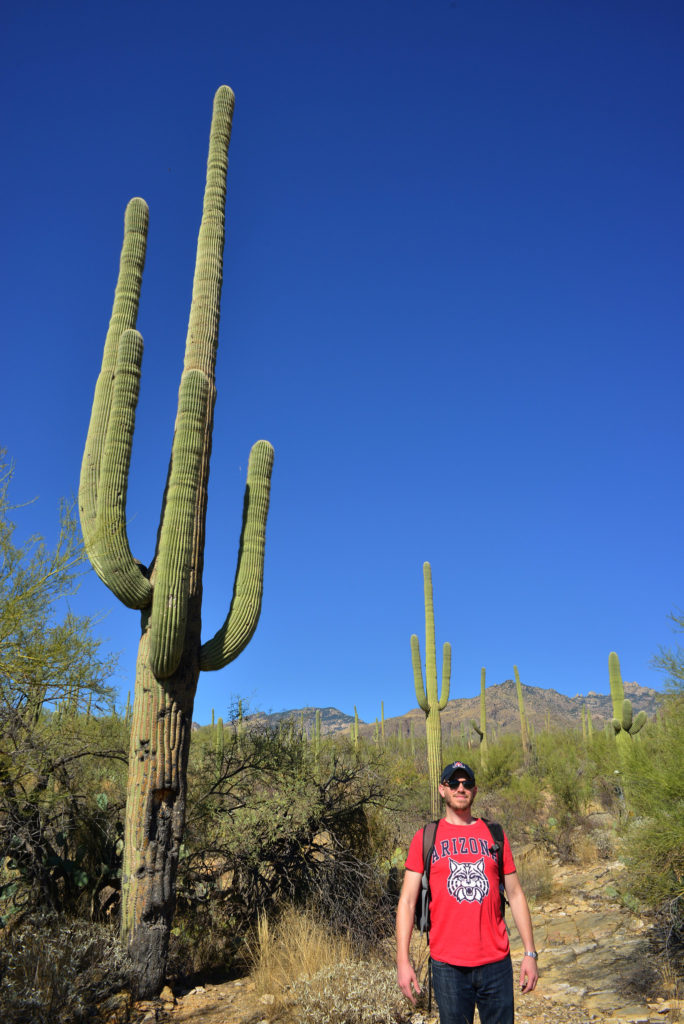
SCM: We’ve known each other since we were in short pants but I don’t think I’ve ever actually gotten the full scoop on your entrée into the glamorous and exciting field of Classical archaeology. So, first question: how did you first get into archaeology and why did you choose to pursue it as a career?
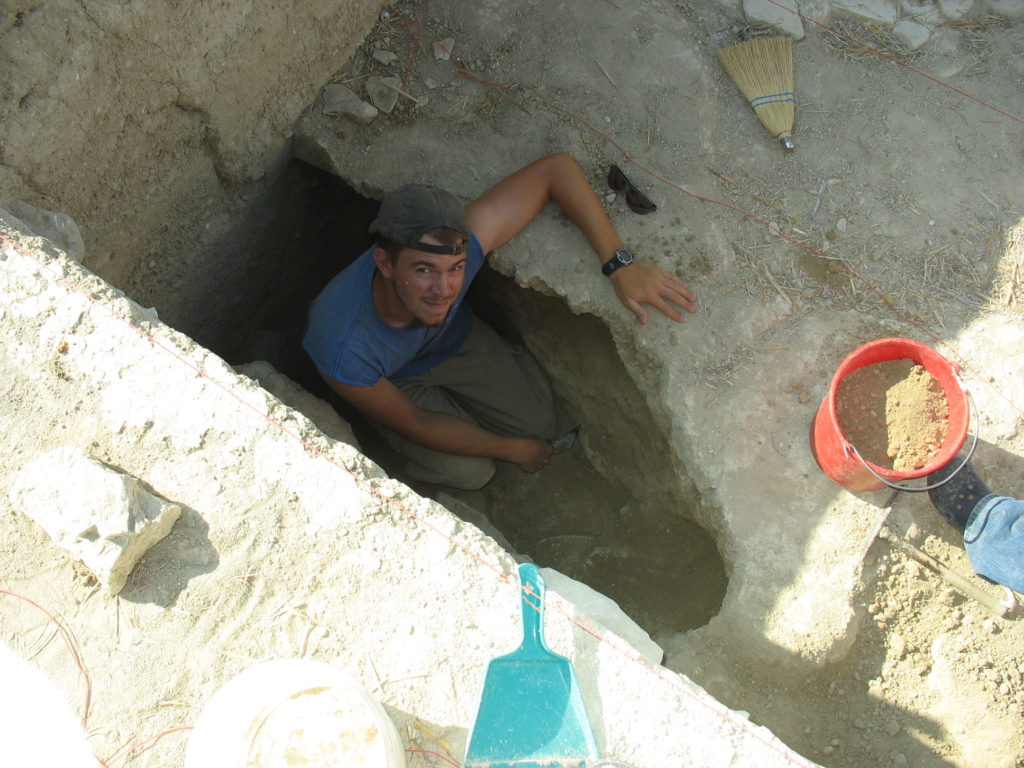
Dr. Rob: I had no idea going into college at the University of Michigan that I wanted to do archaeology. I’d always liked history. As a freshman, I signed up for an intro to field archaeology course. It was the one course that made me excited to go to class and that made me think “this is awesome!”. At the end of the year, I tried to convince my parents to pay for some kind of archaeological expedition. And I could tell that they were trying to be supportive, but they also did not really want to pay thousands of dollars for me to go overseas.
I ended up on a field school in New Mexico, outside the town of Truth or Consequences. It was about a two hour ride off the nearest paved road, west into the desert. That first summer we lived on a buffalo ranch owned by Ted Turner and were excavating a couple of different sites that had to do with the Classic Mimbres culture. We lived in tents for five weeks – the longest I’d ever been in a tent prior to that was probably one or two nights. After a week or so the water ran out, and we had to shower in the buffalo tank, but you couldn’t soap up in the buffalo tank, because the buffalo had to drink from it. Instead, you jumped into the tank, and then you jumped out and slathered up, and then you dumped buckets of water on your head. And that’s how you cleaned yourself. At the end of that season, I thought, “THIS IS THE BEST! This is the most fun I’ve ever had during a summer.” And I knew archaeology was what I wanted to do.
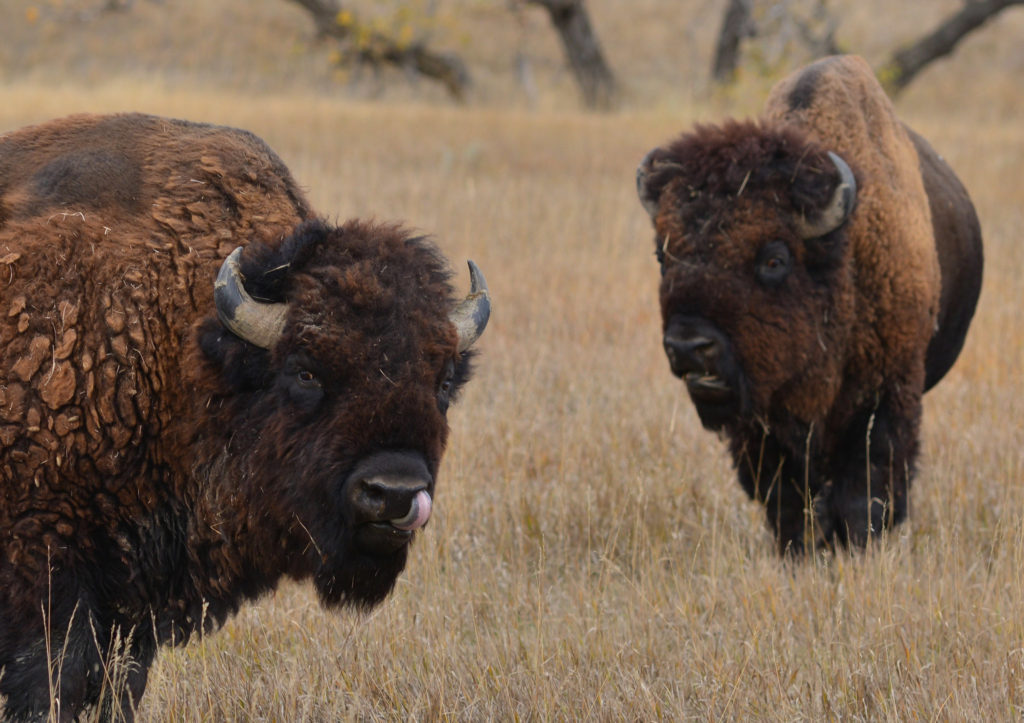
After that summer, I continued to explore all kinds of classes, everything from the major new world state-level societies to prehistoric old world stuff, to Classical archaeology. Eventually, after my junior year, I finally got out to the Mediterranean, and that was on a project in western Sicily, which took all the fun parts of the archaeology I’d done in New Mexico and combined it with incredible views of the Mediterranean and wine, which wasn’t particularly good, but it…..existed! I remember thinking at the time (I had just turned 21) that the plentiful availability of cheap wine was very exciting. That summer after my junior year, I decided: Classical archaeology, this is for me. I’m going for it.
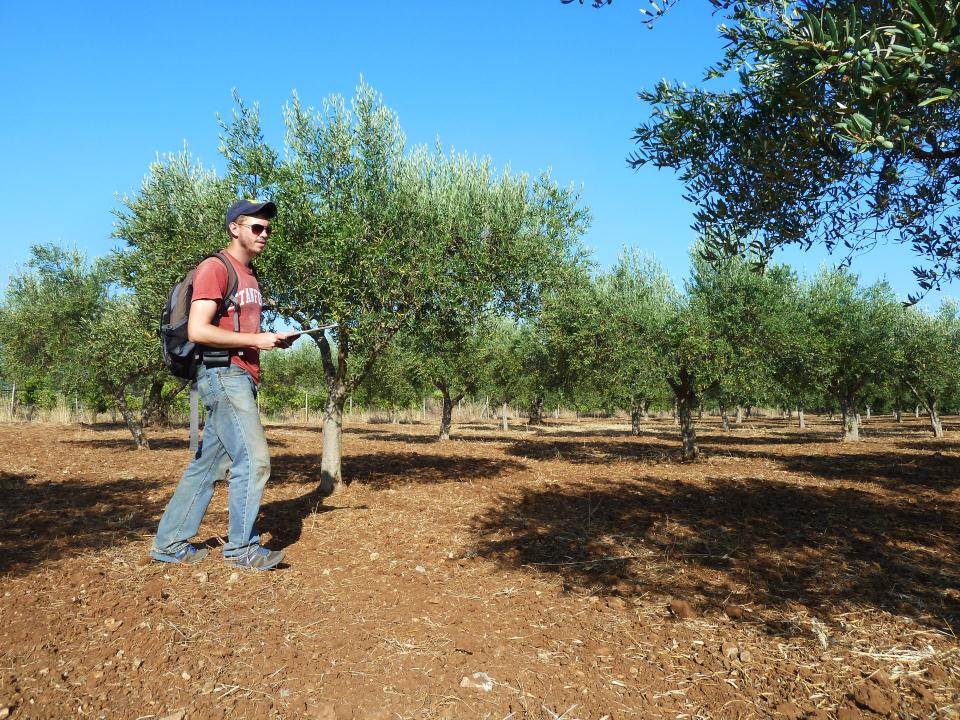

SCM: Wow, these are some priceless anecdotes. You’re such a great storyteller! At this point, since your humble origins in the buffalo tank, you’ve worked on a bunch of different projects all over the place and have a lot of experience. What would you say are your favorite and least favorite things about working on an archaeological project?
Dr. Rob: I don’t really think about this when I’m there, but something that’s great about life on a project is that it’s so different from everyday life the rest of the year. Technology for whatever you’re doing outside of the field disappears – you put your phone away, you put your computer away, and for 4–6 weeks out of the summer, your entertainment is just hanging out with a group of people who are not necessarily the people you would hang out with all the time at home. And you really do spend a lot of time just randomly sitting around and talking with people – in the trench, in the cars to and from work, washing pottery, drinking a beer after work, or wherever. It’s just so different from how much time we spend in front of a computer or a television or a smartphone in our day to day lives today. Probably that’s the thing that I really value the most about working on these projects.
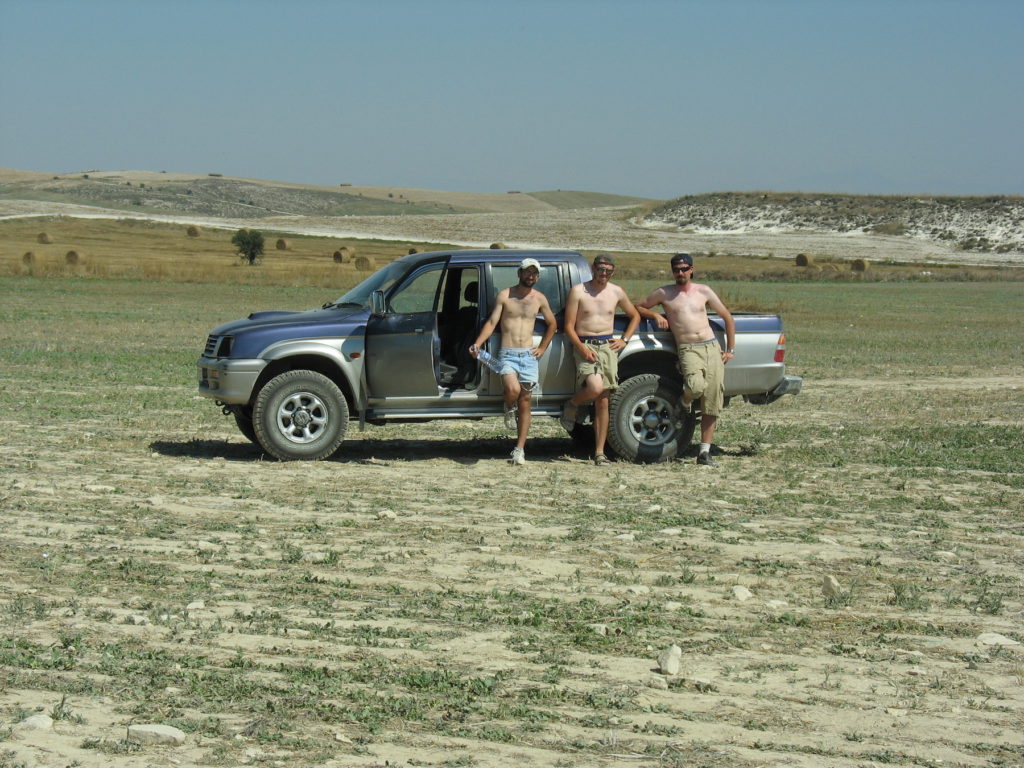
Another thing that I like is that you’re embedded in a strange culture, but in an unusual context within that different culture, at least compared to what you experience when you are on a vacation. Most of the projects I’ve worked on, whether we’re in a little farm town on Cyprus, or a Greek resort town but one that’s mostly for Greek tourists, or this town that basically got destroyed by an earthquake in the 1960s in Sicily and then never got really rebuilt – they’re not places that you’re going to get on a top ten list for tourists. You also tend to stick around for longer than a tourist – you stay there for a month or two months and really get to know the town and some of the people and find your favorite café and your favorite restaurant and your favorite after-work beer bar and your favorite street dog. I find all of that creates a really enjoyable and fulfilling experience abroad.
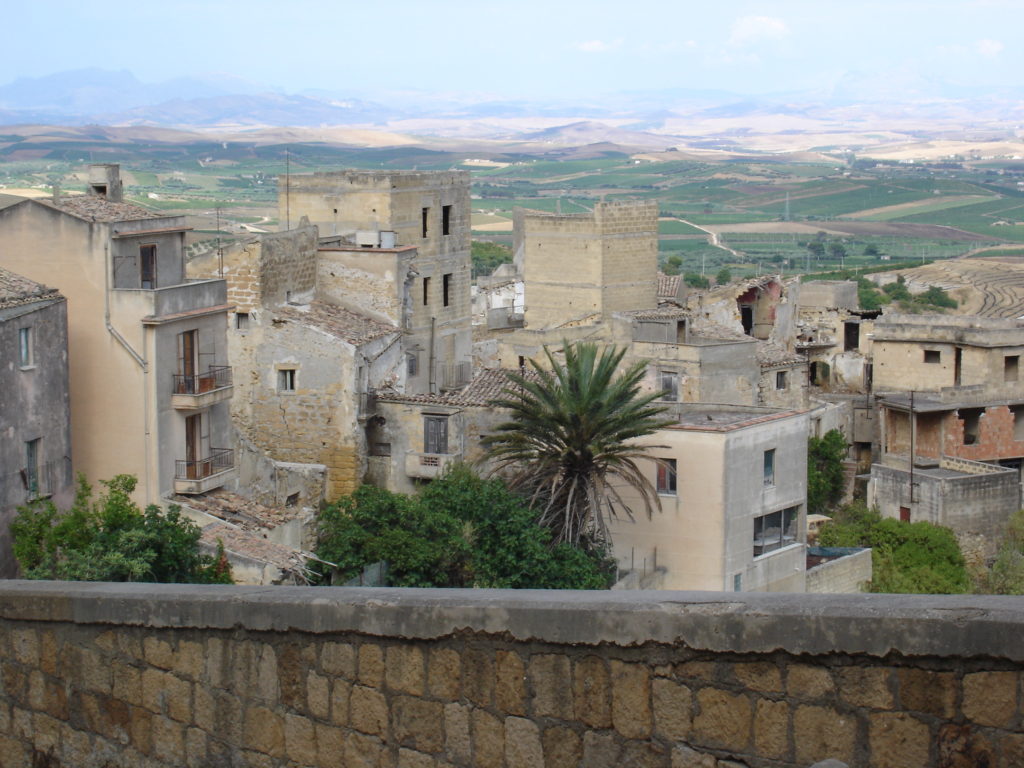
In terms of what I don’t like, I’m really spoiled when it comes to sleeping at a comfortable temperature at night. I live in Tucson now, and tonight it’s going to be 106 degrees! During the day, you don’t even want to put your air conditioner below 78 degrees, because your air conditioner can’t handle it and it will blow up. However, at night I refuse to sleep at any temperature above 70 degrees. I need my house to feel like an ice cube. It is very difficult to achieve this in a project, because no projects ever have air conditioning. You’re lucky if you get a fan. So one of the first things that you want to do – I recommend this to anybody! – is scour the house that you’re in for a fan and try to get it before anybody else. Because there might be one for like 6–10 people staying in the house and you’re really going to want to get that first.
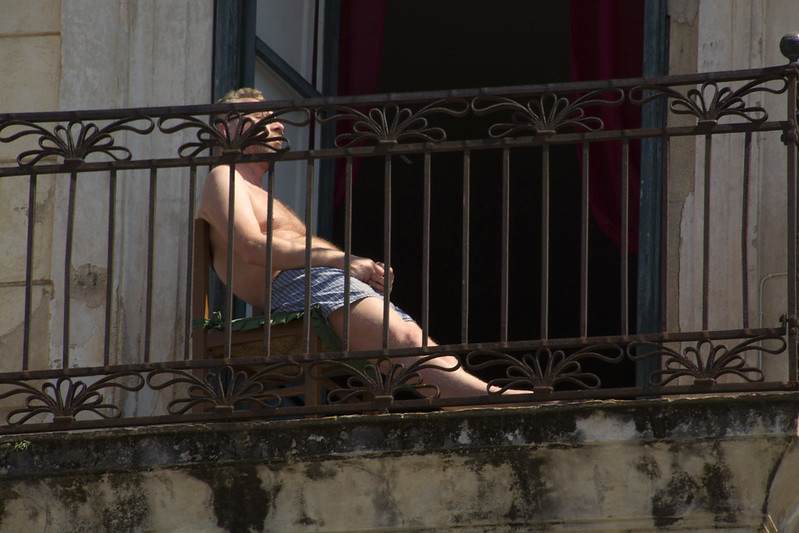
I guess otherwise it’s difficult to keep personal relationships going with people who aren’t in the field with you, in large part because of the time difference. My partner works in New Mexico, and when I want to talk on the phone she’s in the field and when she wants to talk on the phone it’s 5:30 in the morning in Greece. It can be difficult to synch up and maintain a proper communicative connection when you’re so far apart timewise.
SCM: Unlike many archaeologists (including me) who get obsessed with a particular country and just work there pretty much their whole career, you have been omnivorous in your approach to choosing fieldwork opportunities. You have worked in a wide variety of regional contexts: New Mexico, Italy, Cyprus, Armenia, England, and now Greece. Any thoughts or reflections on differences among work or life in these various contexts?
Dr. Rob: One of the big differences is what you can walk to from wherever you are staying. In Armenia, for example, we lived on a pig farm in an area that was very rural. You could do all the things you’d do on another project – have a beer after work, hang out and talk to people – but you couldn’t go anywhere else to do it. You were in the field and then you were on the farm, and that was it. Everywhere else I’ve worked – England, Cyprus, Greece, Italy – we’ve been in really small towns, but in all of those places you had opportunities to walk into the small town and go to a café or a restaurant or a bar. And that makes a really big difference in the nature of day to day life for members of the team who don’t have a car.
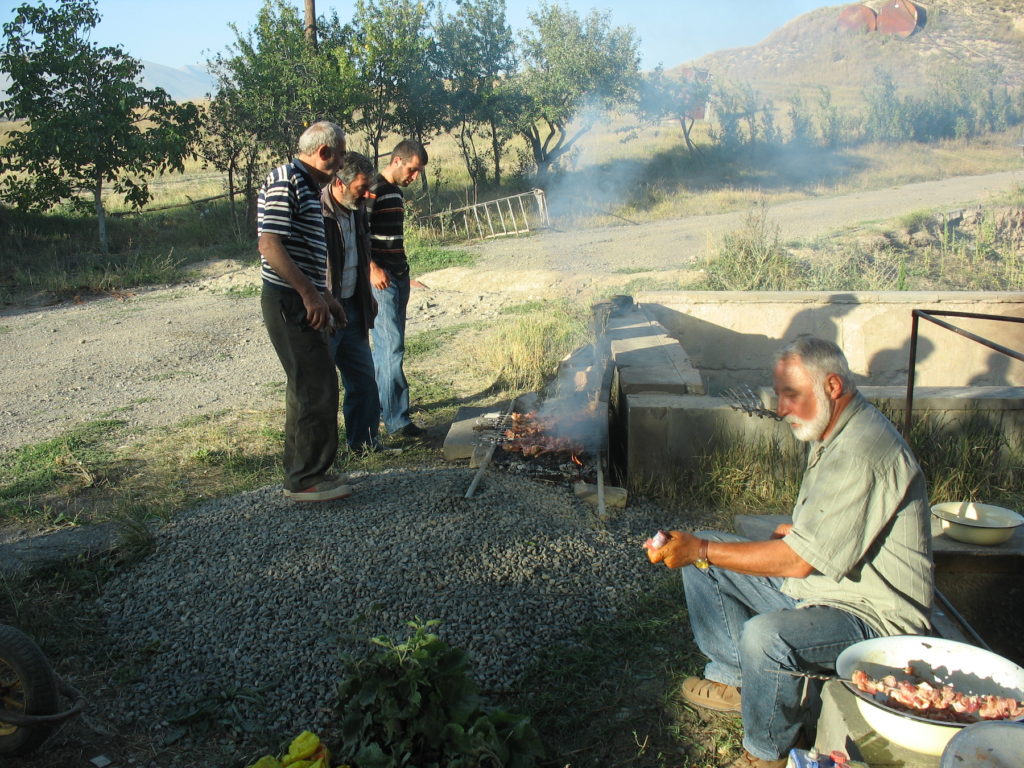
The other big difference, in large part, depends a lot on your own attitude and state of mind going into it. Sometimes in a summer I’ve worked one project for 3–4 weeks, but other summers I’ve worked on 3 projects for 4–5 weeks each all stacked up in a row. By that third project, even if conditions are similar, you are going to feel totally drained. And those things that you found totally charming about project one – being disconnected and away from things – by the third project you just want to go home and get back to civilization. So I think my experiences have been colored a lot by where I was personally and in terms of my energy when I went on these different projects.
SCM: Turning now to current events, one thing that people have been complaining about during the pandemic is that they can’t get a professional haircut. In all of the realms in which you operate, you are widely renowned for always having a really fresh fade. But this must be a challenge in a fieldwork situation as well as during a pandemic – how do you manage to maintain your signature good grooming in these remote locations?

That’s an excellent question. I’ve had both good and bad experiences. There are a couple of rules that you’re going to want to abide by. First, you need to get a haircut right before you leave. You gotta lock down an appointment for the day before you fly. And that’s gonna get you halfway through the season. People are going to see it and recognize: WOW. That guy has a really fresh fade. The question then is: what happens afterwards? And, again, this kind of depends on the length of the summer. Can you just push it out to week five and then go home and get another haircut? Fine. But what if you have things after the project? Then something needs to happen with something. And fast!
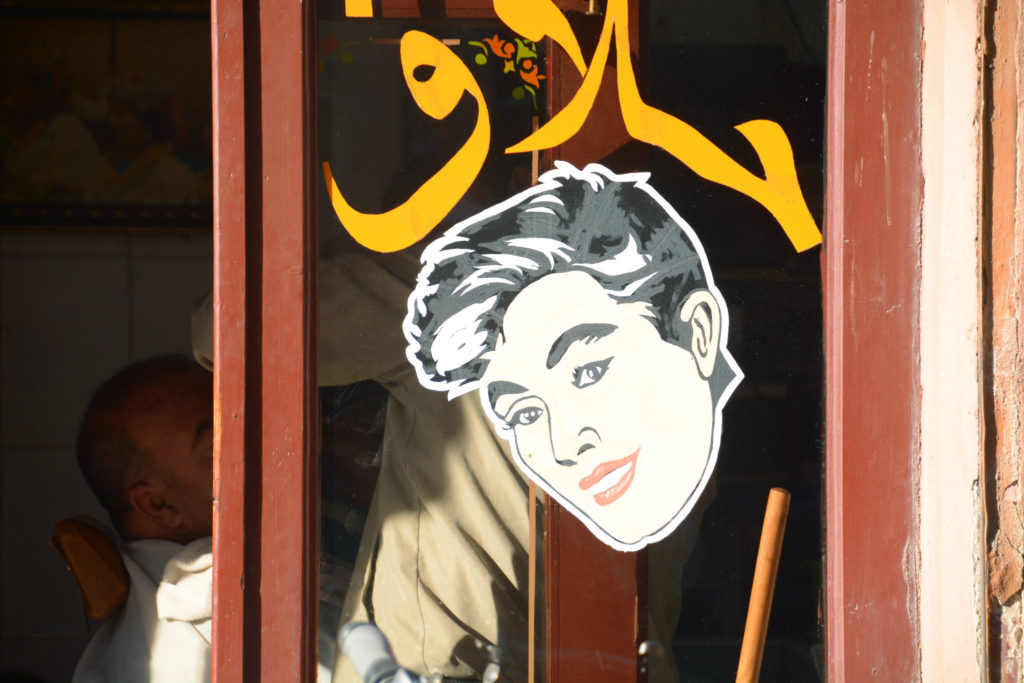
One year I was in Rome after a project and I thought: how cool would it be to get an authentic Italian haircut with the classic Italian barber experience? I scoured the internet – this was back in 2008 – and me and my friend Dave Rosenthal decided we were going to go together and get authentic Italian haircuts at a place we found somewhere north of Piazzo Navona, kind of near the Mausoleum of Augustus. We walked into this little place (you could barely make out the faded paint above the door reading Barbiere) and there’s this old guy, Enzo, the barbiere himself! And I think: This is it! This is exactly what I’m looking for.
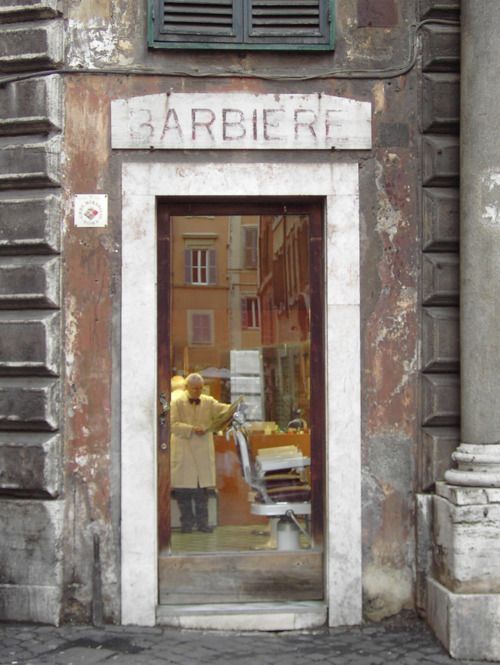
Enzo doesn’t even ask you what kind of haircut you want, Enzo is just giving you the haircut that you need. He’s cutting your hair and the whole time he’s sayin’ stuff like ‘bellissimo, bene, bene, bello’, which is amazing. So me and my buddy Dave Rosenthal got these haircuts. They were pretty good. And it felt like the experience I was looking for. We go out to pay and we’re thinking: what is this going to be, like 8 Euros? But we get to the till, and the guy says, that’s going to be 95 Euros for the two of us! And then of course he acts like he doesn’t understand any English, which he might not have, so all we could do was pay our 95 Euros and walk out of there with our authentic haircuts. We felt like we got taken for a little bit of a ride, but we were very happy with the experience.
I’ve also tried other strategies, where I’ve put my trust in other team members from the field. The lesson I learned from that is that it’s actually worth it to pay Enzo the 95 Euros. For example, one summer I was in Armenia and I thought towards the end of the project it would be really cool to get a Mr. T haircut – you know, the mohawk down the middle of the head. And I think, whatever, at the end of it, if it looks stupid, I can buzz my head and it will grow back out eventually. So immediately, the person who’s giving me the haircut takes the electric razor, and instead of shaving everything except the strip down the middle of my head goes and shaves the strip right down the middle of my head! There are not a lot of haircuts that you can really go to after that’s the starting point. I don’t really remember what we tried to do with it after that. I think we tried to try to cut several other strips into my head maybe to try to make it look like a Michigan football helmet or something. But whatever happened did not work, and it led to a very embarrassing appearance at breakfast the following day.

SCM: These are really the two extreme poles of the haircut experience!
Dr. Rob: But that’s part of the excitement of being in the field.
SCM: Exactly! Now one of the things that I noticed on the BEARS project last summer is that you were not only working full time on the project, you were also teaching multiple classes and tutoring people online at the same time. I’ve never seen anyone do that before, and I wondered how you managed to juggle all those responsibilities at once while also seeming to have a good time and hang out with your friends?

Dr. Rob: Well, a lot of the reason I was working so hard stems from the fact that I’m not a tenure-track professor. So I’m always a little bit on edge in terms of career type things, wondering whether the job I have is still going to be around in 5 or 10 years, or whether I’m going to have to pivot to something else. It also comes out of taking a number of years after grad school to find any kind of academic job at all. During that time, I picked up a number of different things to do: online teaching as an adjunct, one on one tutoring for academic writing, standardized test preparation – and by the way, if you need any of these things, check out DrStephanTutoring.com: it’s really a top shelf educational experience. Some say it’s even number one top rated.
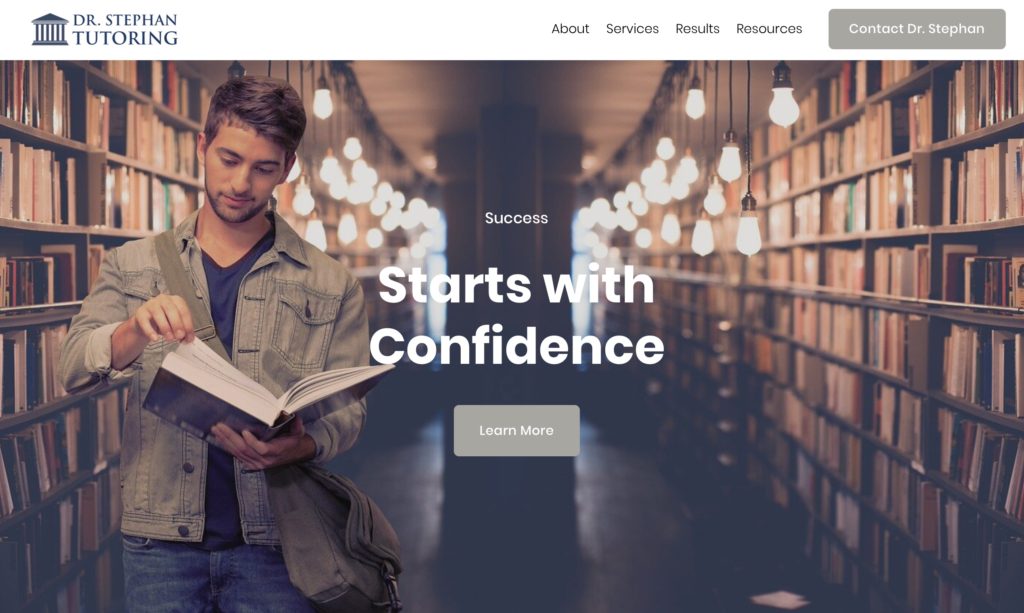
Now the reason this can work is all about the summer. During the summer the students have a lot more flexibility than they do during the academic year. That’s the time that you really make and keep those connections going, in terms of tutoring and teaching. Although it’s a lot of work to maintain that kind of work during a field project, it’s just too much of an opportunity to lose for a person in my position.
It’s also much more doable than people might think. As long as you put in a lot of work before you go to the field it’s very manageable. For an online course that means putting together all of your lectures and assignments and readings before you go. On the tutoring front, it’s a similar thing: you make sure that all your materials are ready to go, so when you have that hour or hour and a half long session with a student, all you have to do is that session, and then you go right back to fieldwork life. The other thing that’s helpful is that I tend to work in hot enough places that the day ends around 3pm for a siesta, so you do have time to do afternoon work as well.
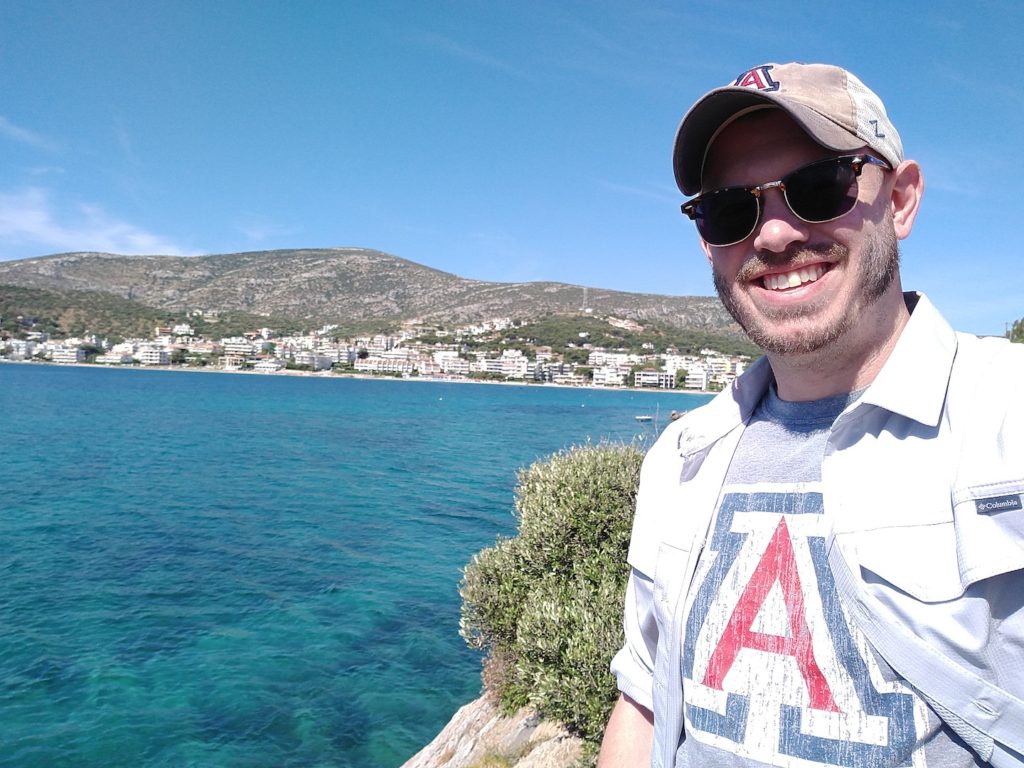
SCM: Those are good points, both about the unfortunate proliferation of contingent positions requiring side hustles in academia, and the importance of careful preparation prior to teaching.
Dr. Rob: Yeah, it’s just like any class – the preparation is the majority of the work, and the actual teaching time is just a very, very small proportion of the work that it takes the teach the class overall. Most of the teaching work is always frontloaded.
SCM: Wise words, wise words, as always from Dr. Rob. Now, final question: what did you think about living in Porto Rafti and working on the BEARS project overall?
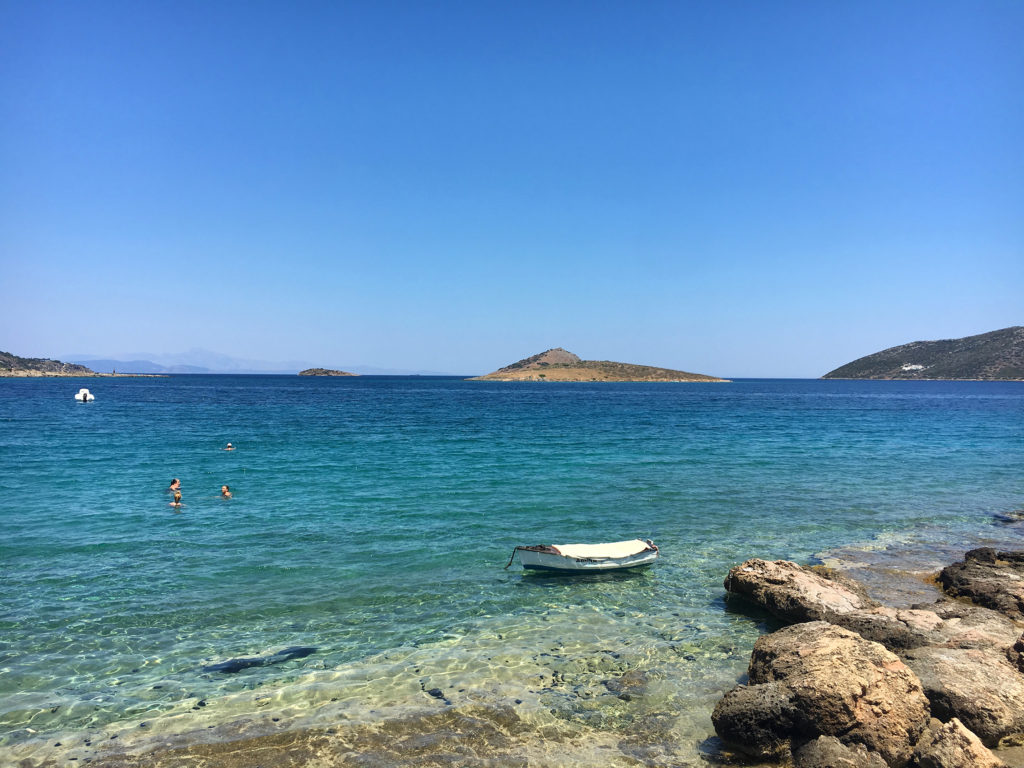
Dr. Rob: Porto Rafti exceeded all expectations. Even though I’ve been a Classical archaeologist for a very long time, I’d never done fieldwork in Greece before, and I’d always worked in rural places. Porto Rafti was a beautiful mix between feeling like you’re in a remote little seaside town, but also being less than an hour from Athens and having any sort of amenity that you wanted. I’d also never worked in a place where you could walk to the sea before, so it was really an awesome experience to come back from the field, get cleaned up a little bit, then go down and have a coffee and do my work overlooking one of the most beautiful bays that I’ve ever seen. The physical location was really spectacular.
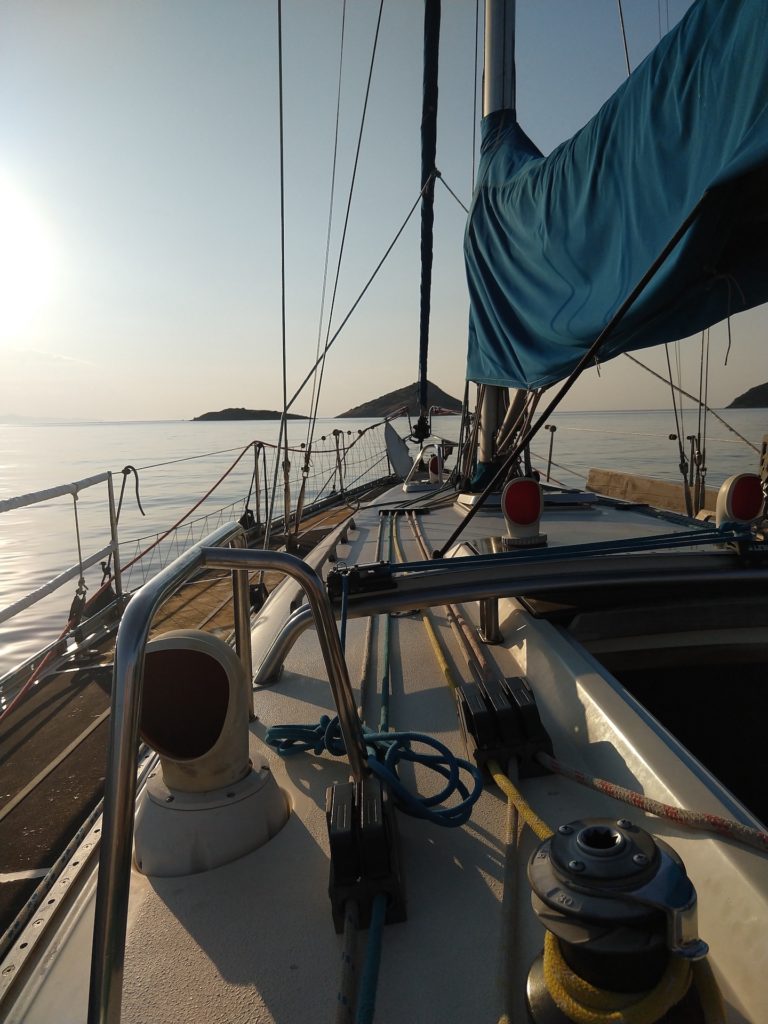
The town also has an interesting mix between small basic fish tavernas and weird night clubs that Athenian youths would come to on summer weekends, so that was funny: you could go to an old-school taverna and eat a grilled fish that you picked out from the day’s catch one night and then to a bar that specializes in pseudo-Mexican cuisine and fiesta music the next night. It’s not a boring town in that sense.
One of the cool experiences for me was being there on the ground in the days leading up to the pilot season, and also for the start of the work itself. All of the other projects that I’d worked on were larger operations that had been going on for a number of years before I’d shown up, so I just fit into whatever system was there. This project was exciting because we were really problem solving as we went, even for things just as simple as the most efficient way to get from point A to point B. Being part of the skeleton crew that figured those quotidian issues out was a fun and new kind of challenge for me.
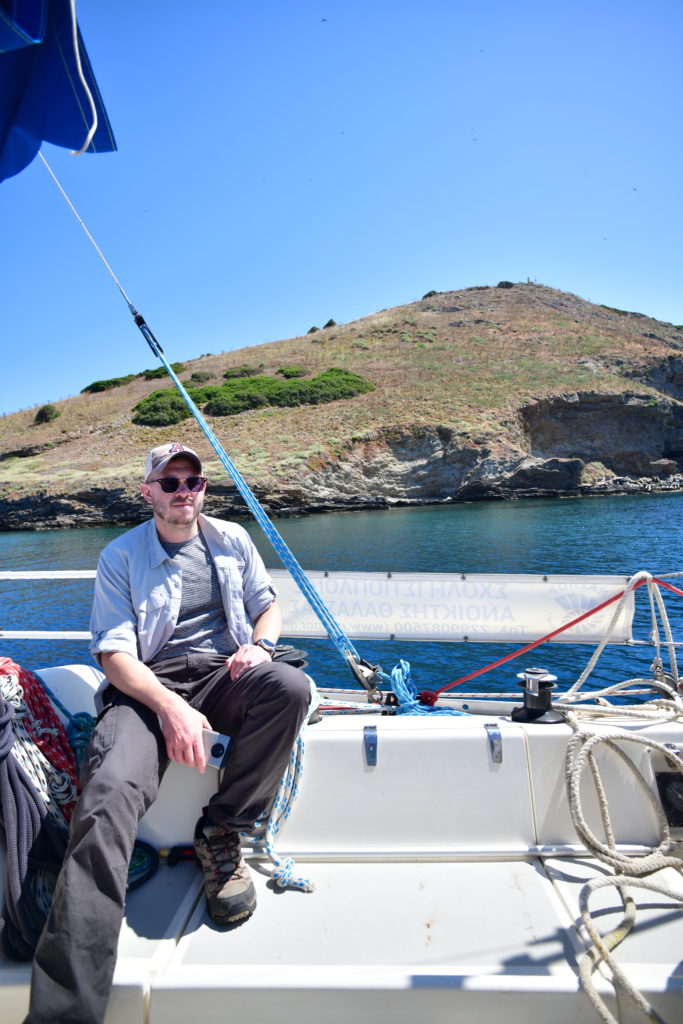
We also had a relatively small team, compared to other projects I’ve been on before, so you got to know everyone really well. The small size of the team made it possible to do things that you just can’t with a huge team – going out to dinner with everyone all together, making real-time adjustments in terms of what people are doing and how it’s being done.
The other great thing about BEARS was the problem oriented nature of the survey. Compared to some of the excavations I’ve been on, which often seem to be aimed at learning a lot in general about a single site, or surveys where the aim is to learn about the diachronic occupation of a general area, BEARS is tackling a few much more specific questions. This is kind of cool, because as the data is coming in, it’s not just different numbers of different types of sherds. You’re getting real clarity on fairly specific questions in pretty much real time. That has been an interesting and unusual intellectual aspect of working on the project.
So those were a couple of things I really enjoyed.
Also, top shelf leadership. And top shelf turtles.
SCM: Fully agree! Let’s end on that note. Thanks Dr. Rob!

